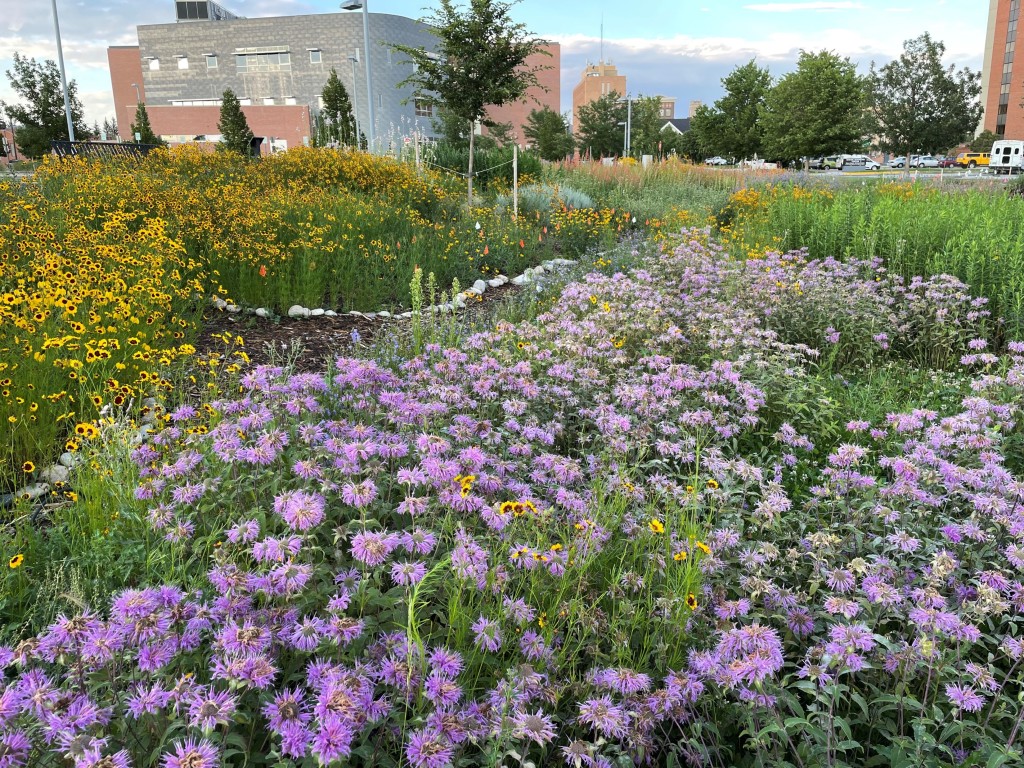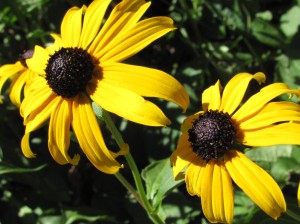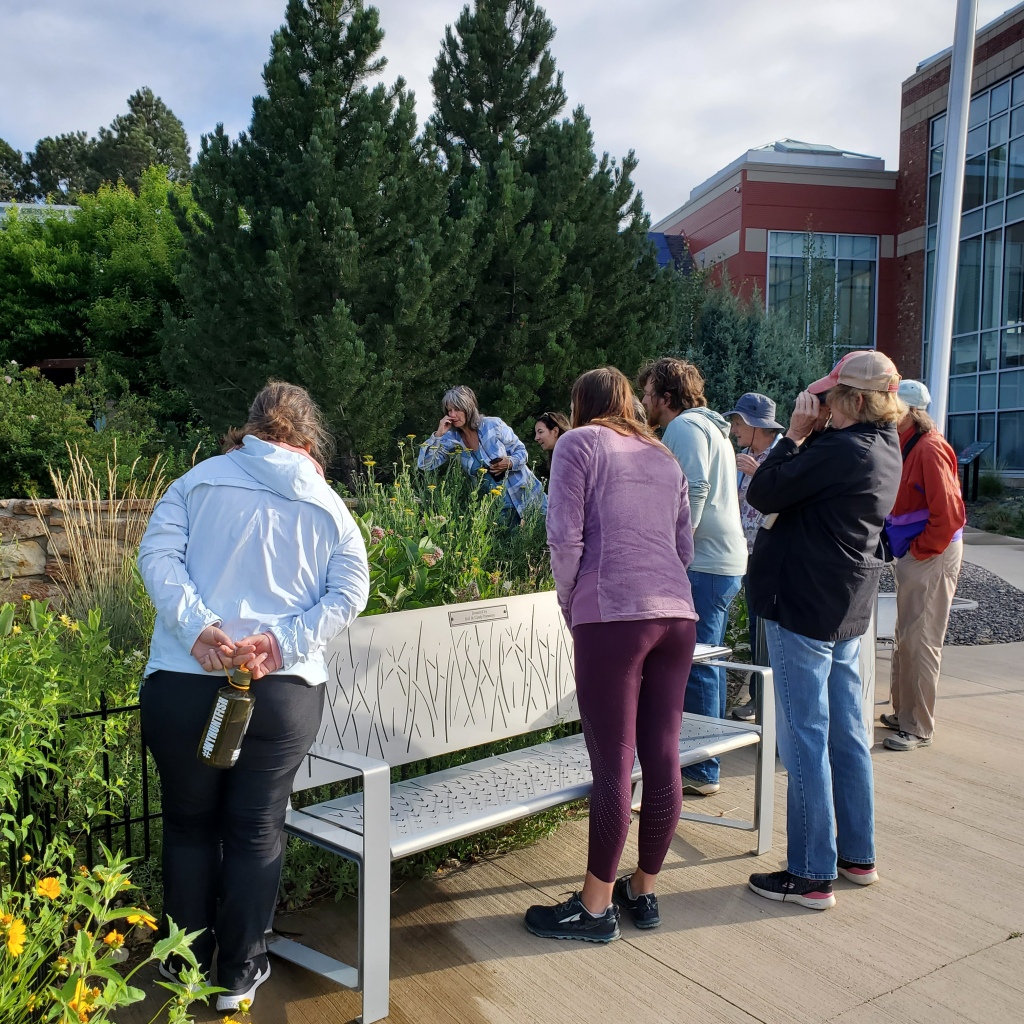
Published April 21, 2023, in the Wyoming Tribune Eagle.
Turf is so last century, especially if there is no water for it
By Barb Gorges
Walking the puppy every day gives me time to contemplate my neighborhood’s lawns as they recover from winter. And the puppy introduces me to neighbors who sometimes tell me their lawn woes.
Of the 200 homes in our subdivision, it seems like most have dead spots in their bluegrass lawns (only a few are not bluegrass). One neighbor, let’s call her Debbie, said she did everything as usual last year, fertilizing according to instructions in May and September, watering three times a week for 20 minutes per zone, mowing every six or seven days. And still, dead areas adjacent to the sidewalk increased in size.
Last year was dry. People who did not water killed their grass, leaving behind gritty dirt soon infested with drought-resistant weeds. The rest of us, without rainfall to make up for dry spots in our irrigation patterns or hotter spots next to the sidewalk, started to see problems like Debbie’s.
I sent a photo of Debbie’s bare area to Catherine Wissner, Laramie County Extension horticulturist, asking for advice.
“For starters, they are mowing their lawn way too short,” Catherine responded.
Grass needs to shade itself. If it isn’t a putting green, set your mower blade as high as it goes.
Next, Catherine recommended reseeding. But first, do some core aeration and treat the area with Revive. This product improves the soil’s ability to take in water and nutrients. She said to look at our local nursery, Riverbend, or JAX, a chain headquartered on the Front Range, for high quality grass seed meant for our area.
Don’t throw on any fertilizer until the grass starts growing. And because it will need extra water to get started, get the Cheyenne Board of Public Utility’s “New Lawn Permit” at www.cheyennebopu.org. It’s free.
But what about going native instead?
If your bluegrass lawn has died, now is your chance to replace it with native grass and or other native plants. I spent many hours digging up part of my healthy front lawn last fall to expand my native plant garden.
Native plants are the hot topic in every garden publication these days. Native plants support native animals, including insects, that are beneficial to us directly and indirectly. They are also adapted to the climate they are native to, so in our area, that means they need less water. Bluegrass is not native to our high and dry prairies.
Water shortages may be coming
Growing a bluegrass lawn these days in our location is an outdated concept. Here in Cheyenne, we have even more reason to establish less water-thirsty landscapes: the Colorado River problem. Through a series of tunnels and agreements, 70 percent of our city water comes from that river, and it is suffering due to drought. We have junior water rights compared to other states, so it is quite possible we could lose that water.
BOPU estimates that 30% of Cheyenne’s water is used to water our landscapes. So if we retrofit our yards now, maybe we won’t have an entirely dead moonscape when we are cut off from Colorado River water.
Retrofitting our yards
We need only look at the High Plains Arboretum on the west edge of Cheyenne to see that there are trees and shrubs that survived 50 years with rainfall and snowmelt alone.
There are people growing buffalo grass instead of bluegrass and saving money and time (see https://cheyennegardengossip.wordpress.com/).
There are several demonstration gardens in town full of waterwise perennials. The Cheyenne Botanic Gardens features the crevice garden, Habitat Hero garden and the new Plant Select gravel garden beds out front and more in back. The Pollinator Habitat in the corner of the Laramie County Library parking lot is all local native plants.
For information about growing a native plant garden in the Cheyenne area, see https://cheyenneaudubon.org/habitat-hero-resources/.
To find native plants for sale, check the Laramie County Master Gardeners plant sale May 6 out at the Archer Complex. See the High Plains Environmental Center’s nursery offerings online at https://suburbitat.org/, order, then pick up your plants in Loveland, Colorado, only 50 miles away. Order or collect seeds next fall. Once you become familiar with the easiest-to-grow natives, you might recognize a few of them at the big box stores.
Yes, there is a little work to native plants. You still need to match the right plant with the right place and water it the first year. In late April or early May, you’ll want to cut back the dead stems of last year’s growth. It sure beats the costs of lawn maintenance in time and money. And you get flowers. And bees and birds and butterflies and maybe even bats.





